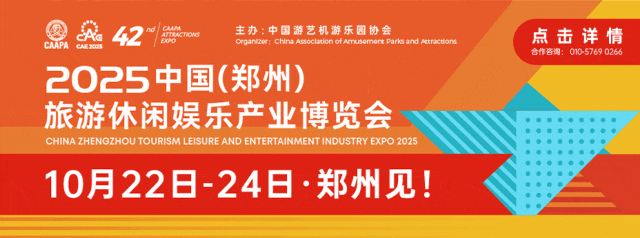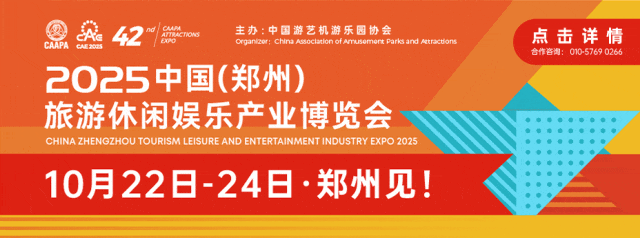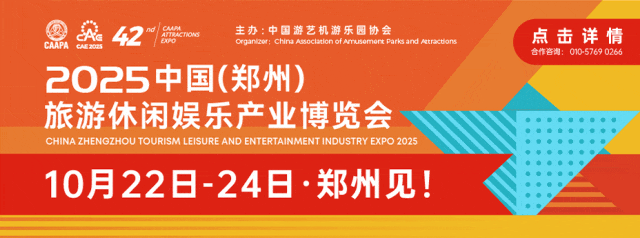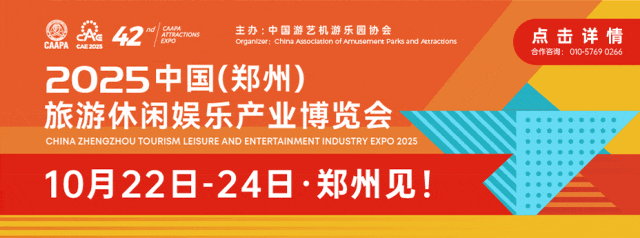
How much does it cost to build a theme park? This article will help you understand the costs and returns.
Source:
Author:
Release time:
2025-06-25
Click to view details

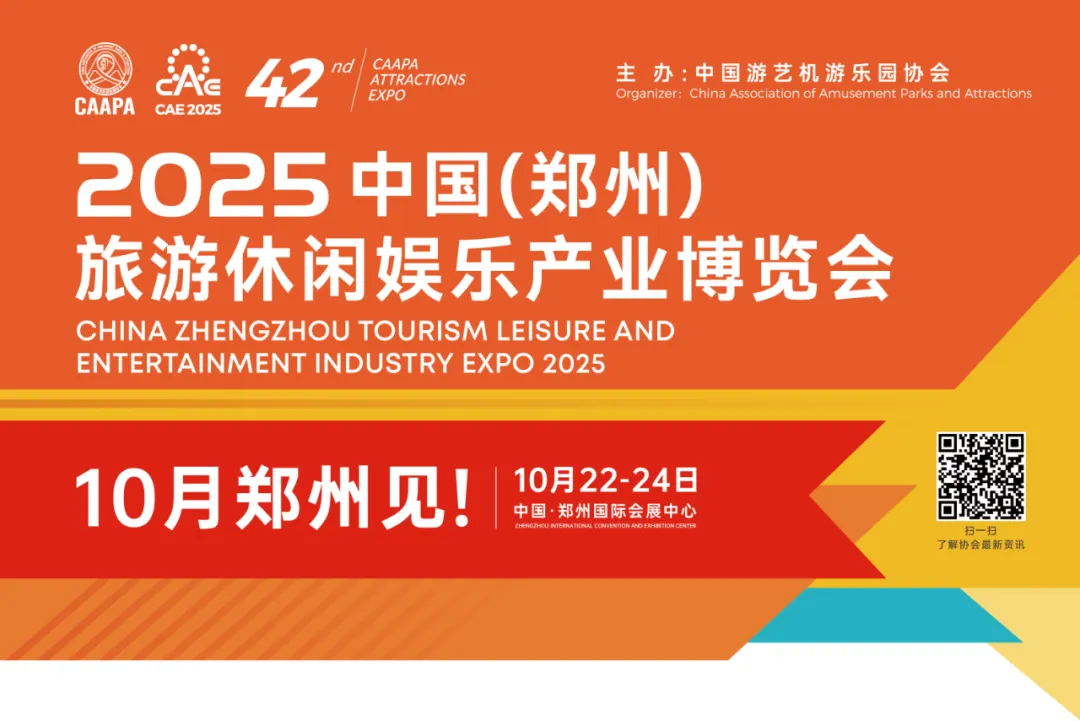
Theme park rides are always exciting, but do you know how much investment goes into creating a successful one? From the background music design in a small souvenir shop to a large roller coaster that attracts tens of millions of visitors annually, the cost difference is enormous. This article will take you on an exploration to uncover the secrets of amusement park project budgets.
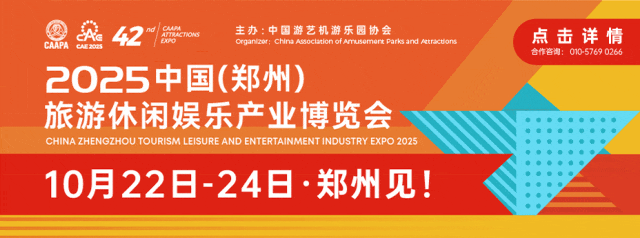
Why are amusement park project costs so exorbitant?
Many people find it "exaggerated" when they hear that an amusement park project can cost tens of millions of RMB. Outsiders often think that the actual cost should be much lower, but this is not the case.
Park operators understand that New projects are not a bottomless pit of "money burning", but a highly profitable investment . A successful amusement facility can: increase passenger flow, attract more tourists, and increase consumption in queuing areas, shops, and restaurants. It can generate additional income , generating further profits through peripheral products and catering. It can revitalize the park's reputation , creating iconic projects and enhancing brand appeal.
Therefore, the cost of a project cannot be simply viewed as "how much money was spent", but should be comprehensively evaluated from Return on Investment and Lifespan to make a comprehensive assessment.
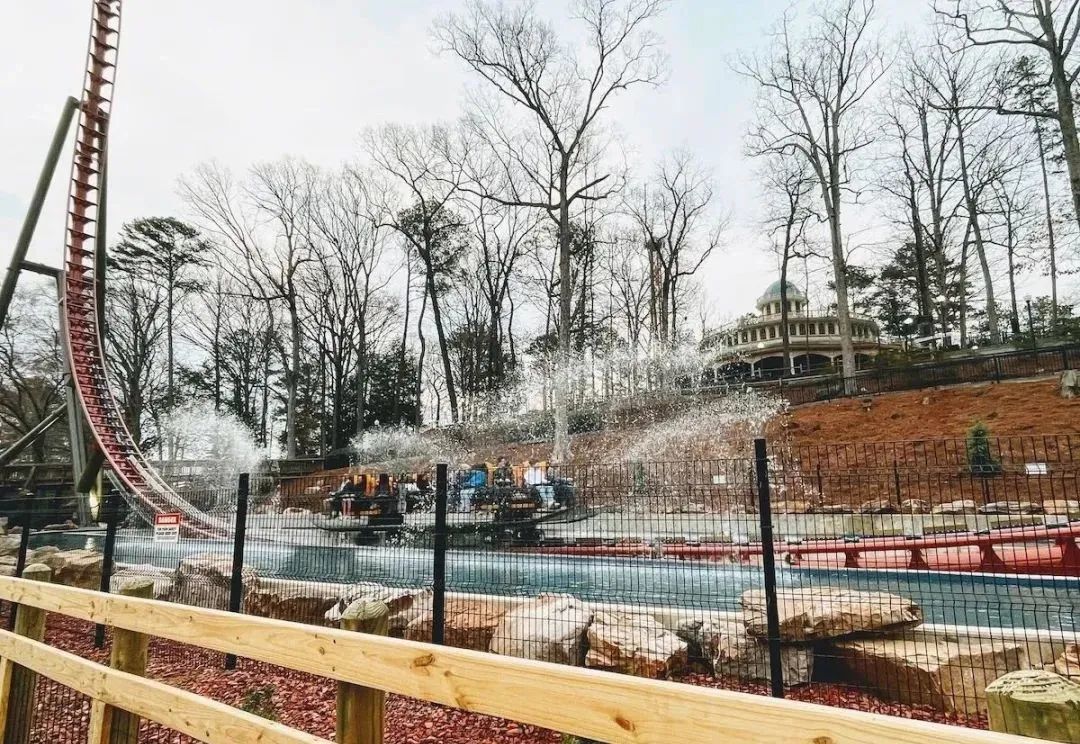
How to estimate the cost of an amusement park project?
To roughly calculate the cost of an amusement park project, the following formula can be used:
(Total investment ÷ Amortization period + Operating cost + Maintenance cost - Merchandise and catering profit) ÷ Passenger flow
For example:
If the investment is 2 million RMB for small equipment, with a lifespan of 3 years and a daily passenger flow of 4000 people, ignoring additional income, the average cost per tourist is approximately 1 RMB 。
If the investment is 100 million RMB for a large project, with a lifespan of 20 years and an hourly passenger flow of 3000 people, the average cost per tourist is only 0.6 RMB . With the addition of income from surrounding shops and catering, the cost can be further reduced.
So the conclusion is, Projects with high passenger flow and long lifespans have lower costs . Compared to those "short-lived" and poorly received projects, a well-designed large amusement facility is more cost-effective.
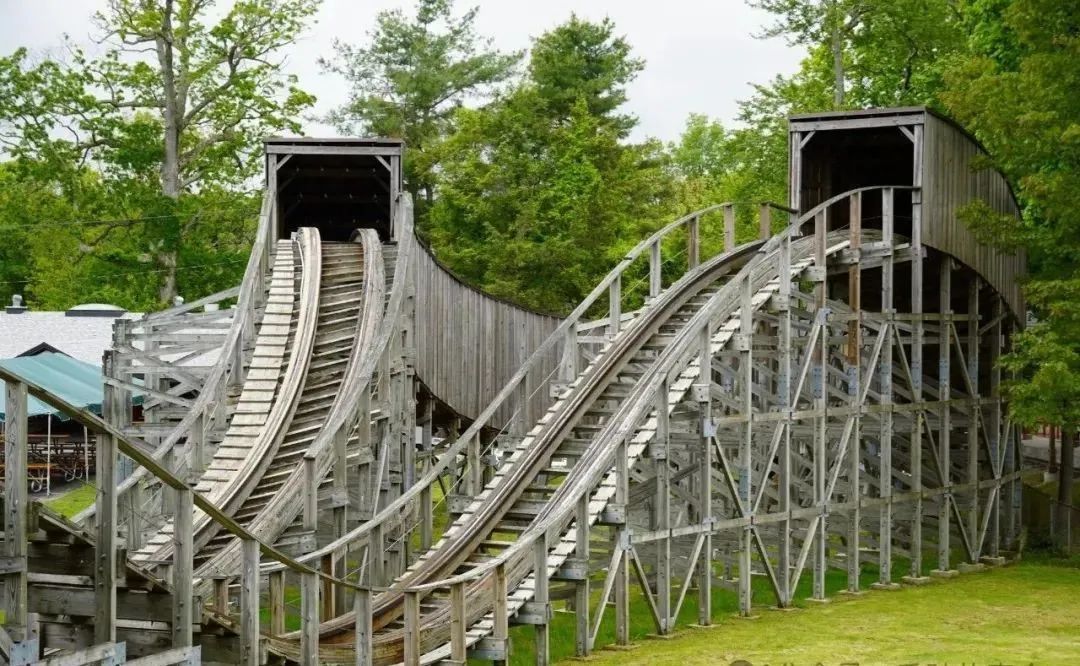
Is scale important? Not entirely!
When investing in new projects, amusement parks need to weigh the following factors:
Throughput : How many tourists can the project accommodate per hour? How many days can it operate annually?
Operation : How much manpower and resources are needed for daily operation? How many additional staff are needed for peak season operation?
Maintenance : What is the maintenance cost of the facility? How many key spare parts need to be stocked? What consumable parts need to be replaced during the overhaul cycle? How long does it take to replace parts during the maintenance cycle?
Demolition cost : The disposal cost of the project when it is scrapped.
In addition, Lifespan is crucial. Many theme parks require renovation of classic projects installed 20 years ago. Although these facilities are "old", they remain the park's money-making tools due to their popularity with tourists.
Conversely, blindly pursuing "giant" projects, such as a small family park imitating Universal Studios' Harry Potter Wizarding World, may lead to financial collapse.
Therefore, amusement parks should allocate costs to each tourist based on their own scale and capabilities.
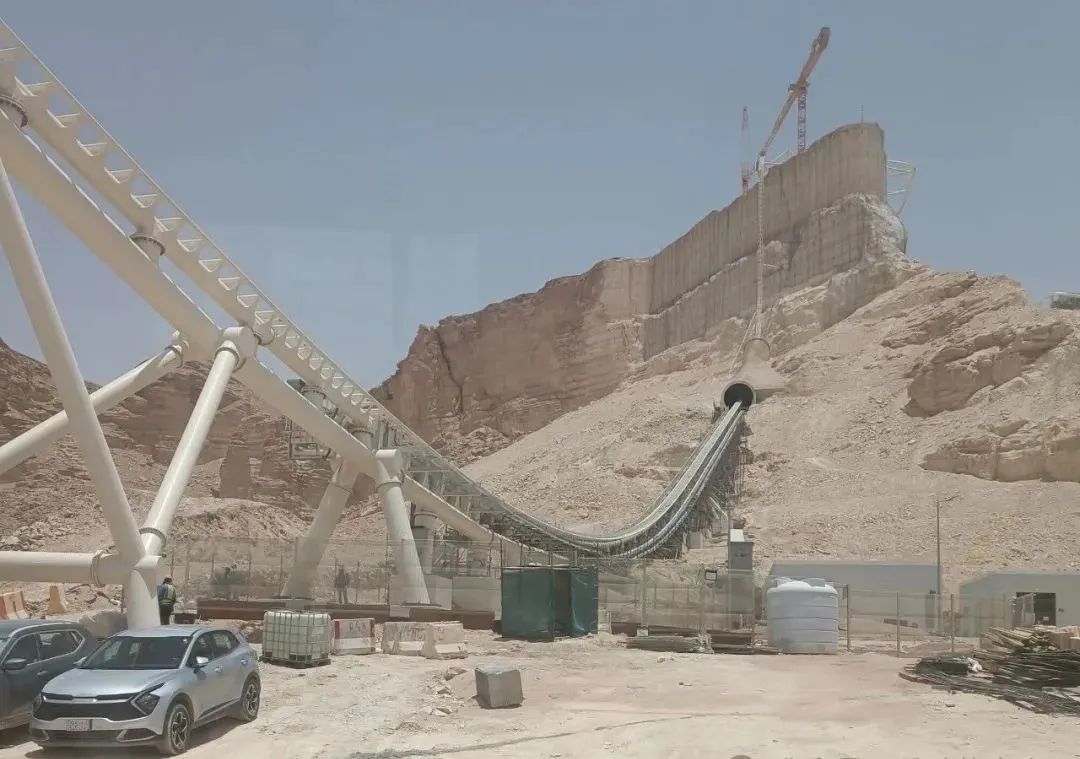
What kind of projects can be "long-lasting"?
In this era of rapid technological advancement, creating a project that can continuously attract tourists is not easy.
Truly "long-lasting" amusement facilities often evoke strong emotional resonance in tourists. This is not achieved through cutting-edge technology, but by moving tourists through stories and experiences, with every aspect from design to operation being meticulously refined.
For example, some classic projects, although lacking the latest interactive technology, remain popular across generations due to their unique emotional impact. This is thanks to Design philosophy that respects tourists and High-level professional team 。
Conversely, failed projects are often due to a lack of substance, simply aiming to make money, or blindly imitating others, resulting in something inauthentic. Short-sightedness and neglecting the need for long-term equipment maintenance lead to rapid equipment aging. Often Underestimating the severity of the problem , resulting in excessively long project cycle times or frequent malfunctions, reducing the tourist experience.
A project that should have been running for many years, if disliked by tourists due to quality issues, the park may have to pay high "emergency repair" costs, which may even be counterproductive.
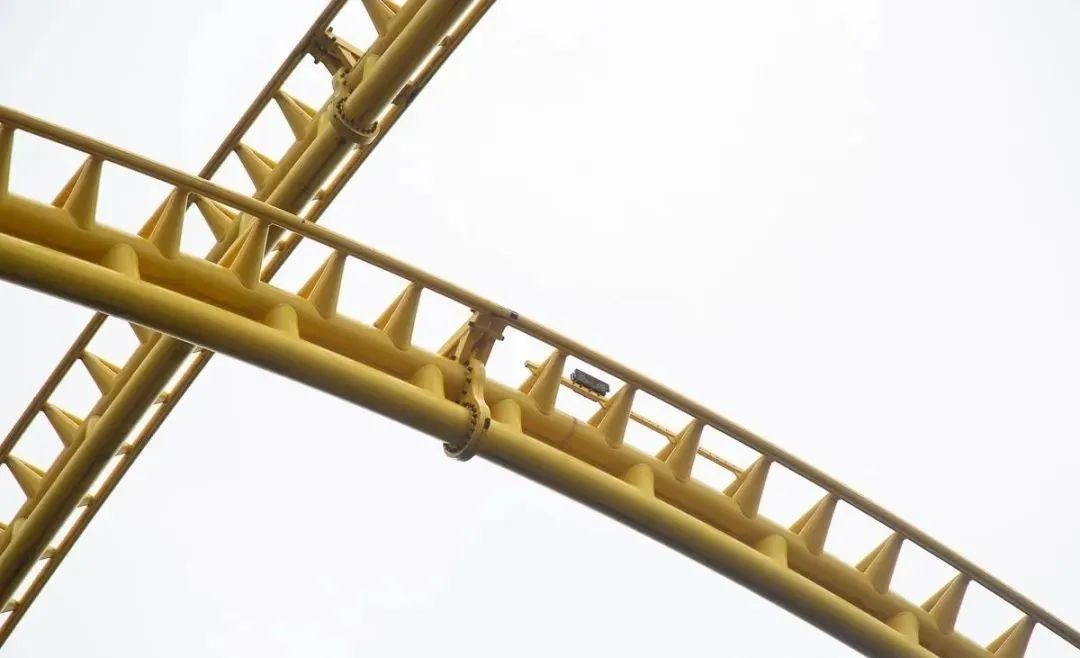
Cost optimization "traps"
When building amusement park projects, cost control is natural. However, the following two common amusement equipment problems are often overlooked, leading to decreased throughput and increased costs:
1. Excessively long cycle time
Cycle time refers to the process of loading and unloading tourists. If the operation is improper (e.g., low employee efficiency), every extra minute wasted can reduce the project's revenue by 10%.
To solve such problems, it is necessary to establish strict operating guidelines, provide high-quality employee training, use automation technology, such as automatic cycle theater systems, and reduce manual intervention.
2. Equipment malfunctions
Park equipment downtime not only prevents projects from being profitable, but also quickly spreads through social media, damaging the park's reputation. Therefore, it is necessary to avoid blindly reducing equipment budgets during the design phase and to require precise design to maximize uptime.
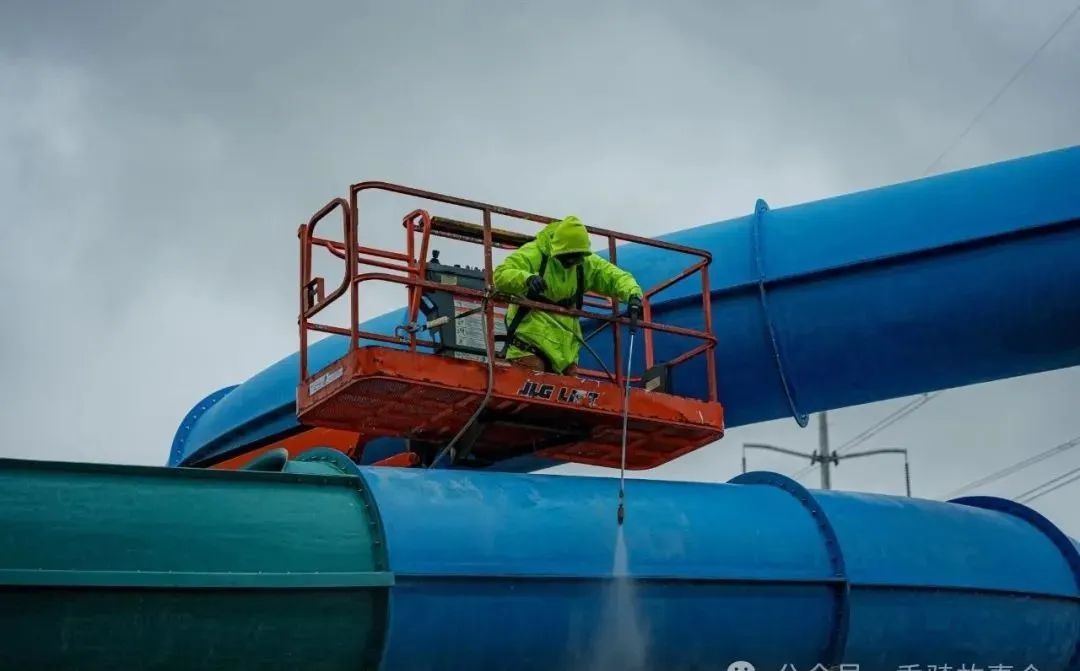
Maintenance: Saving small money leads to big losses
An amusement facility typically includes Land, buildings, equipment, intellectual property services and licenses Each has different depreciation rules.
For example, the amortization period for industrial equipment is relatively long, while the depreciation of technical equipment such as video projectors is relatively fast.
Maintenance issues should be considered during the design phase. Neglecting the daily maintenance of amusement facilities will lead to a decline in facility quality and poor visitor experience. It will also cause small problems to become big problems, ultimately requiring high repair costs. This will ultimately affect the park's reputation and reduce visitor return rates.
Therefore, it is necessary to abandon the mentality of "it's good enough" and strive for excellence, and Establish a strict daily maintenance process, such as a daily pre-start checklist.
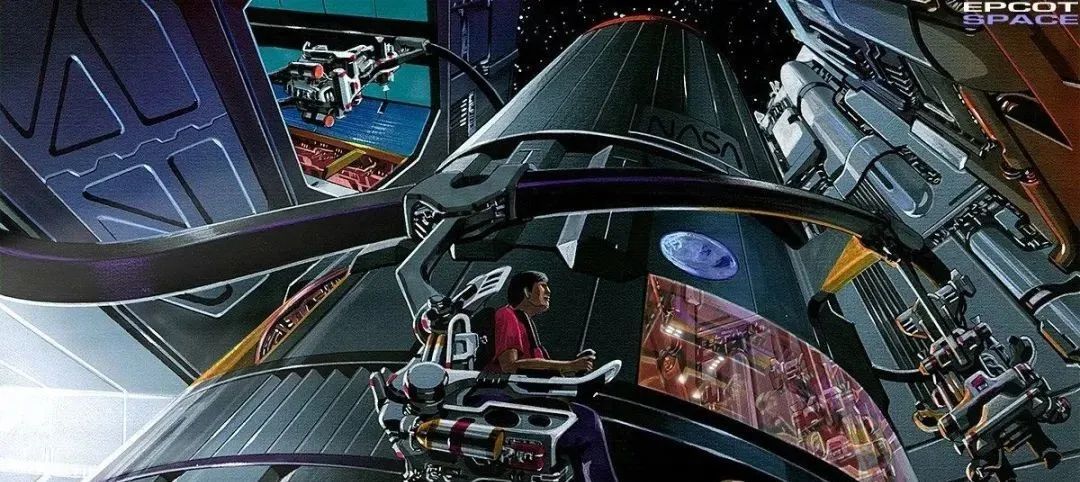
In conclusion: Design with care, respect visitors
As design master Dieter Rams said: "Design should not be arbitrary; care and precision are a respect for consumers."
A successful amusement project must start from the needs of visitors, adhere to the correct design concept, have a meticulous attitude, pay attention to every detail, and have a long-term investment vision, starting from the service life and return rate. Conversely, mediocrity and short-sightedness will erode the park like a virus, ultimately leading to failure. As the Latin proverb says: "To err is human; to err and not change is devilish."
Professional team design ensures that projects are long-lasting and bring long-term returns. "Cheap" experimental projects often become "money-losing bottomless pits" before they close.
For an "ambitious" amusement park operator, creating a project that keeps visitors coming back is not only a financial success, but also a mission to respect visitors and spread happiness.
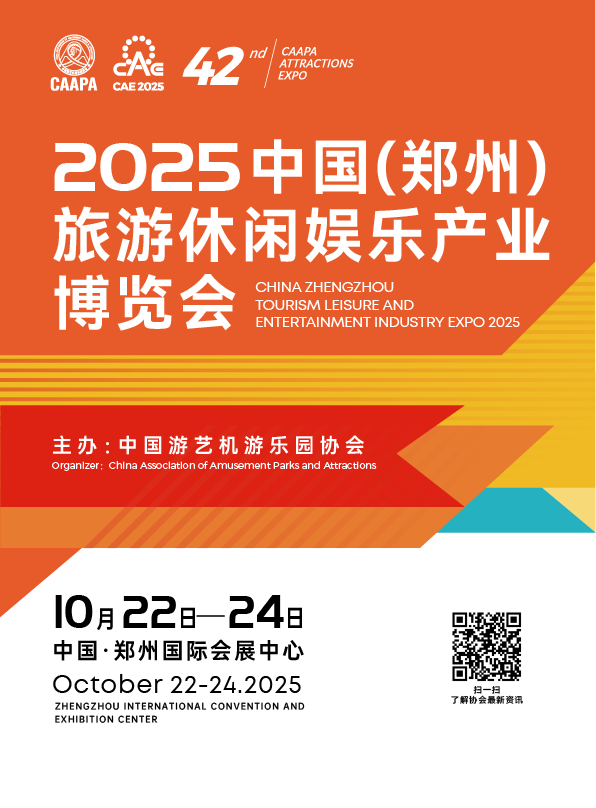
Key words:

